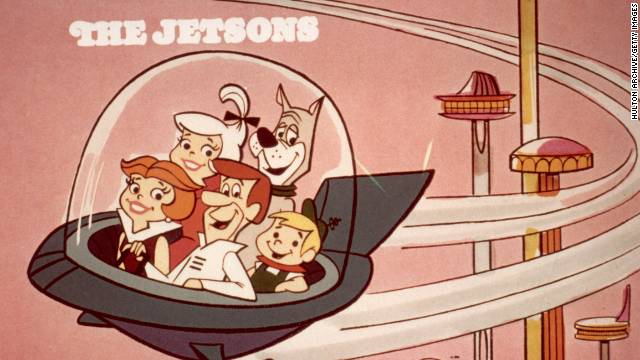(first published on supplychainbrain.com and edited to fit here)
A couple of years ago I helped define the GTM and launch program for a smart consumer facing machine (ATM, vending etc.) for a pretty large company. And for the first time, through that unusually stressful exercise, I truly understood just how complex an undertaking it can be to think beyond just the point solution and integrate that with the rest of the business and operational processes. A large organization moves slowly because of various factors – skills, fear, budgets, risk appetite, etc. And sometimes, those factors just become overwhelming when the top down direction for a strategic project is ambiguous.
Nevertheless, here’s a low down on what I focused on as the key business drivers for that program. The possibilities are endless. My mantra these days is to make transactions happen from customer experiences, not the other way round as is popularly thought.
Moreover, this innovation, the smart machine, is unique because in addition to improving consumer engagement and potentially sales, it helps companies save costs and improve their supply chain. A double bonus!
On the marketing and customer engagement spectrum, we are able to, for the first time, test products without major investments. Testing with a demographic, a locale, in combination with other offers etc. – various customizations are made possible through this channel. It’s almost a much more advanced form of the virtual store simulations performed today to improve shelf spacing and understand product packaging appeal.
It’s also being shown in several studies (e.g. Coke freestyle, or the newer ATMs) that a better customer experience improves attendance and purchase volumes. Do consumers really want more? Or is it just novelty? Regardless, sales do seem to increase by providing consumers with an intriguing experience, matched by innovative and targeted promotional capabilities. Centrally controlled devices can be sent promotions based on local events. Feedback from these promotions can be captured in real time and adjustments made for the next campaign. So, for example, when the Steelers win(!), all Steelers fans all over the U.S. get a free Coke when they purchase a pizza. This opens up a whole new spectrum of promotions management through use of fan communities and engaging the consumer in the planning process. Who sponsors the free Coke? Maybe the Steelers!
On the operations end of the spectrum, an intelligent machine can not only send alerts when it encounters a problem but also allow remote diagnostics and repair capabilities. Planning of routes with up-to-date information from the machines enables distribution planning at a more granular level dramatically reducing costs (inventory & cash carrying and distribution) and time to replenishment. At a micro level, combining service data with route plans further boosts this benefit. Information available from the machine at a transactional level will help also reduce trade loss potential and variances between reconciliation activities.
While process, data and technology integration is a must, so are partnerships and multi-channel integration. The smart network now necessitates an integration of customer touch points. Deploying such a program lies in a well-orchestrated program being driven directly from the CEO’s agenda. Anything less and we’ll see broken and disjointed customer experiences.

